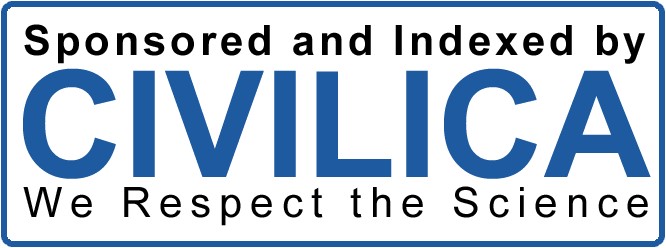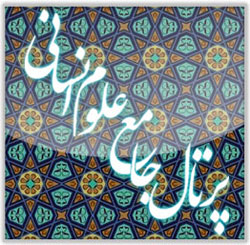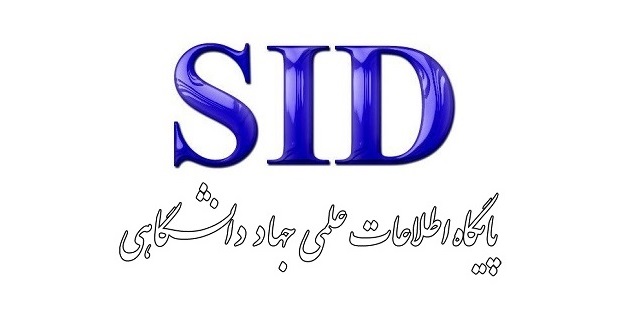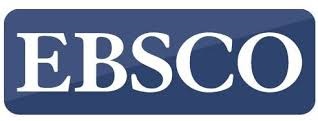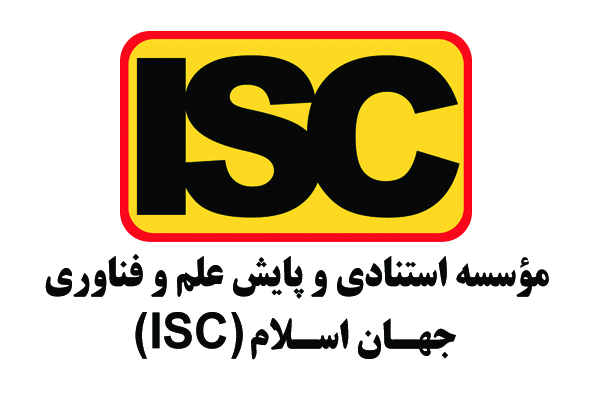Prioritizing the HET Model Tools Based on the Lifecycle of Sport Tourism in Iran
Keywords:
Analytical Hierarchy Process, sports tourism, HET model, PLCAbstract
The aim of this research was to prioritize the tools of the HET model based on the life cycle curve of sports tourism in Iran. This study was applied research conducted using a descriptive survey method. To prioritize the tools of the HET model in the sports tourism sector of Iran, opinions from 44 sports marketing specialists were collected through researcher-designed questionnaires. The face and content validity of the questionnaires were confirmed by experts, and their reliability was validated due to the inconsistency rate of the questionnaires being less than (0.1). For data analysis, the AHP method and Expert Choice 11 software were utilized. According to the findings, in the introduction stage, creating awareness and knowledge ranked first and second. In the growth stage, creating desire and willingness gained importance, while in the maturity and decline stages, building confidence and purchase held the most significance. Given the intense competition, rapid market growth, and swift changes in consumer behavior, identifying and prioritizing the tools of the HET communication model can assist in advancing the marketing objectives of the sports tourism sector in Iran.
Downloads
References
Abdollahnezhad, F., Andam, R., & Rajabi, M. (2024). Bibliometric Analysis of Service Quality in Sports Tourism.
Journal of Tourism and Development, 13(1), 262-279. https://doi.org/10.22034/jtd.2023.412562.2811
Abedi, M., & Doosti, M. (2023). The Role of Sports Tourism in Spirituality. Journal of Tourism Planning and
Development, 12(45), 131-151. https://doi.org/10.22080/jtpd.2023.22288.3613
Alizadeh, L., & Nasiri, M. (2022). Meta-analysis of the role of media and cyberspace in the development of Iran's sports
tourism. Strategic Studies on Youth and Sports, 21(55), 97-112. https://doi.org/10.22034/ssys.2022.500
Chang, M. X., Choong, Y. O., & Ng, L. P. (2020). Local residents' support for sport tourism development: the moderating
effect of tourism dependency. Journal of Sport & Tourism, 24(3), 215-234.
https://doi.org/10.1080/14775085.2020.1833747
Gerami, A., AmirHoseni, S. E., & Rad, F. (2023). Providing a Model for the Development of Smart Sports Tourism with
the Internet of Things in Iran. Communication Management in Sport Media, 11(1), 31-46.
https://doi.org/10.30473/jsm.2022.63345.1608
González-García, R. J., Mártínez-Rico, G., Bañuls-Lapuerta, F., & Calabuig, F. (2022). Residents' perception of the
impact of sports tourism on sustainable social development. Sustainability, 14(3), 1232.
https://doi.org/10.3390/su14031232
Herbold, V., Thees, H., & Philipp, J. (2020). The host community and its role in sports tourism-Exploring an emerging
research field. Sustainability, 12(24), 10488. https://doi.org/10.3390/su122410488
Heydari, R., Keshtidar, M., Azimzadeh, S. M., Talebpour, M., & Ramkissoon, H. (2024). Structural-interpretive model
of factors affecting the development of creative tourism based on sports heritage. Tourism Management Studies,
(68). https://doi.org/10.22054/tms.2024.81319.2969
Kahdouei, E., Farzan, F., & Abedi Samakosh, M. (2024). Obstacles to the expansion of desert sports as a tourism
opportunity. Tourism Management Studies. https://doi.org/10.22054/tms.2024.82578.2994
Mahmodi, S., Yektayar, M., & Moharramzadeh, M. (2023). Developing adventure tourism strategy using the SOAR
model. Strategic Studies on Youth and Sports, 21(58), 185-200. https://doi.org/10.22034/ssys.2022.1148.1787
Nasrollahzadeh, F., Tabesh, S., & Ramezanzadeh, M. (2024). Factors affecting the quality standard of accessible sports
tourism. Tourism Management Studies, 19(67), 1-40. https://doi.org/10.22054/tms.2024.80113.2945
Picton, B. (2005). Integrated Marketing Communication. Pearson Education Ltd.
Yang, J. J., Lo, H. W., Chao, C. S., Shen, C. C., & Yang, C. C. (2020). Establishing a sustainable sports tourism evaluation
framework with a hybrid multi-criteria decision-making model to explore potential sports tourism attractions in
Taiwan. Sustainability, 12(4), 1673. https://doi.org/10.3390/su12041673
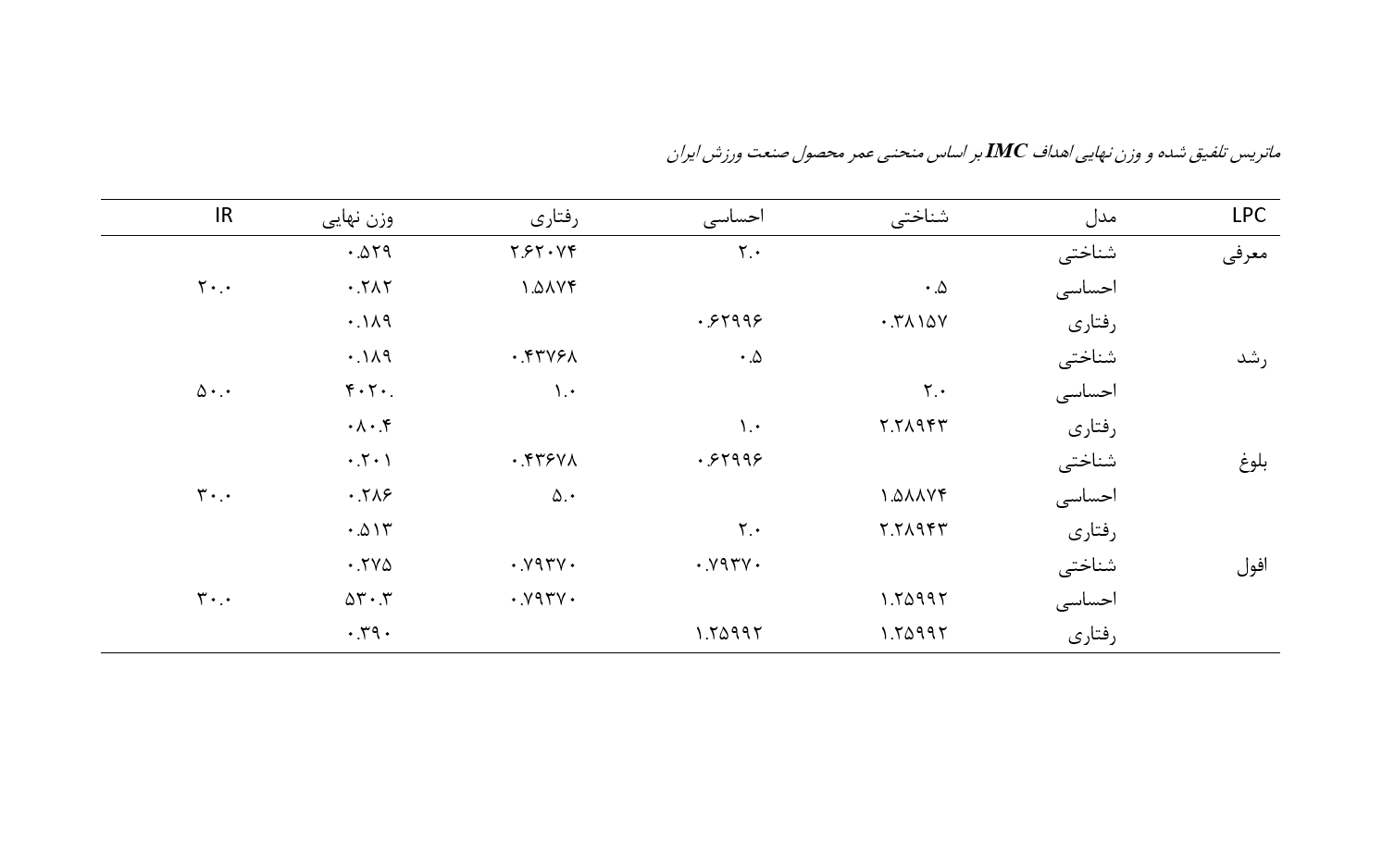
Downloads
Published
Submitted
Revised
Accepted
Issue
Section
License

This work is licensed under a Creative Commons Attribution-NonCommercial 4.0 International License.



